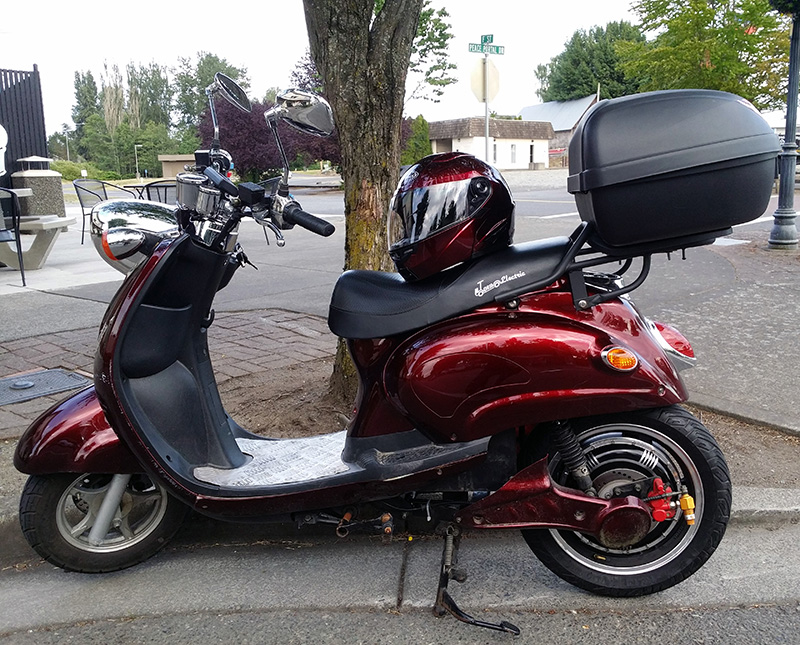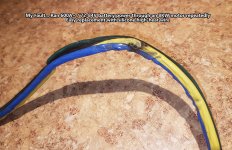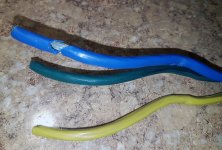Dougt
100 mW
In the for sale new section, a guy that is selling QS motors is claiming that they only last 3-5 years before the "steel" "loses its magnetization" and the steel needs to be replaced to bring back efficiency. Since QS builds a large percent of the motors that are re-branded and sold for e-bikes, scooters, and motorcycles, this is worrisome.
I have never heard of this for a motor. And all the steel in the magnetic circuits of these motors is surely choosen to be a magnetically soft magnetic material with low remanence. So having no permanent magnetization over time is desirable.
I understand that some motors may not last due to unpotted/tensioned windings rubbing and shorting, or the magnets maybe partially demagnetizing by running high fields. Or of course, mechanical problems with bearings and such. But the steel? Maybe it is some sort of heat-treatment or such...I know that extremely high permeability materials, such as Mu-metal can lose some of the permeability by mechanical shock- even dropping on floor, but they are extreme specialty materials, not magnetic core materials.
And he talks about how it is cheap and easy to replace the steel...so he must not be talking about the steel the windings are on.
Does anybody have any idea what he is talking about? Maybe the permanent magnets? I didn't want to post there and hijack his for-sale thread with technical questions.
I have never heard of this for a motor. And all the steel in the magnetic circuits of these motors is surely choosen to be a magnetically soft magnetic material with low remanence. So having no permanent magnetization over time is desirable.
I understand that some motors may not last due to unpotted/tensioned windings rubbing and shorting, or the magnets maybe partially demagnetizing by running high fields. Or of course, mechanical problems with bearings and such. But the steel? Maybe it is some sort of heat-treatment or such...I know that extremely high permeability materials, such as Mu-metal can lose some of the permeability by mechanical shock- even dropping on floor, but they are extreme specialty materials, not magnetic core materials.
And he talks about how it is cheap and easy to replace the steel...so he must not be talking about the steel the windings are on.
Does anybody have any idea what he is talking about? Maybe the permanent magnets? I didn't want to post there and hijack his for-sale thread with technical questions.





